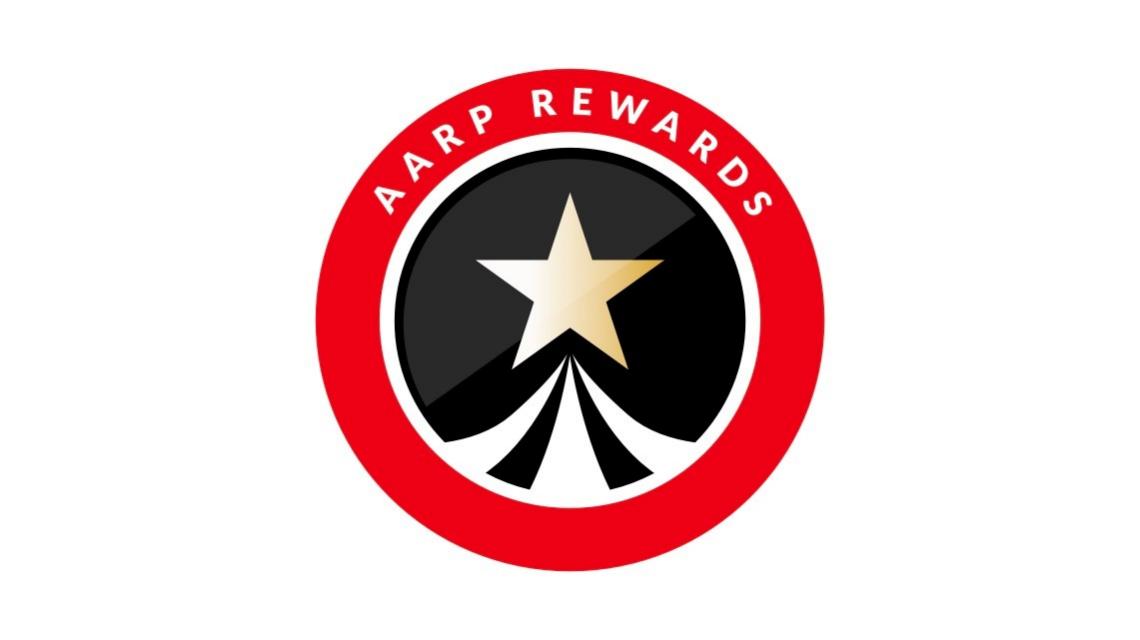Staying Fit
No, the infamous donut hole — when Medicare beneficiaries with Part D prescription drug coverage had to pay 100 percent of their drug costs until they reached a certain threshold — has closed. The Affordable Care Act enacted in March 2010 gradually reduced the share of the costs people had to pay in the donut hole starting in 2011. Discounts from drug manufacturers and government payments helped to cover more costs over several years. The donut hole finally closed for good in 2020, having phased out in 2019 for brand-name drugs and in 2020 for generic drugs.
That doesn’t mean your prescriptions are totally covered. After you and your Medicare Part D prescription drug plan have spent a certain amount for your medications each year, you still must pay up to 25 percent of the cost for covered drugs. That’s called the coverage gap.


AARP Membership— $12 for your first year when you sign up for Automatic Renewal
Get instant access to members-only products and hundreds of discounts, a free second membership, and a subscription to AARP the Magazine.
When do I reach the Part D coverage gap?
In 2024, you’ll hit the coverage gap when you and your insurance company have paid $5,030 for your medications during a year. That number includes any deductible you must pay before a plan will cover your prescriptions. In 2024, Part D plans can have a deductible of up to $545 although many plans don’t have a deductible.
You’ll stay in the gap until you’ve spent $8,000 out of your own pocket for covered drugs during the year. Then you’ll automatically enter the catastrophic coverage phase. Starting in 2024, you no longer have to pay out-of-pocket costs for covered drugs for the rest of the calendar year after you reach the catastrophic phase.
You may not reach all the coverage phases during a year, depending on the cost of your medications. And you get to start over again when a new plan year begins each Jan. 1.
How do I get out of the Part D coverage gap?
When your out-of-pocket spending hits $8,000 in 2024 — the amount you personally have paid, not the insurer’s share — you move from the coverage gap to the catastrophic coverage phase and your out-of-pocket costs stop.
Expenses you’ll pay that count toward the coverage gap include:
- Your deductible.
- Copayments and coinsurance you paid for your medications during the initial coverage phase.
- Money you spent in the coverage gap.




































































More on Medicare
Understanding Medicare’s Options: Parts A, B, C and D
Making sense of the alphabet soup of health care choicesWhen 9 Biggest Medicare Changes Under New Rx Law Go Into Effect
A year-by-year implementation timeline of the Inflation Reduction Act’s health provisions
How Much Does Medicare Cost?
Monthly premiums, other out-of-pocket expenses can add up